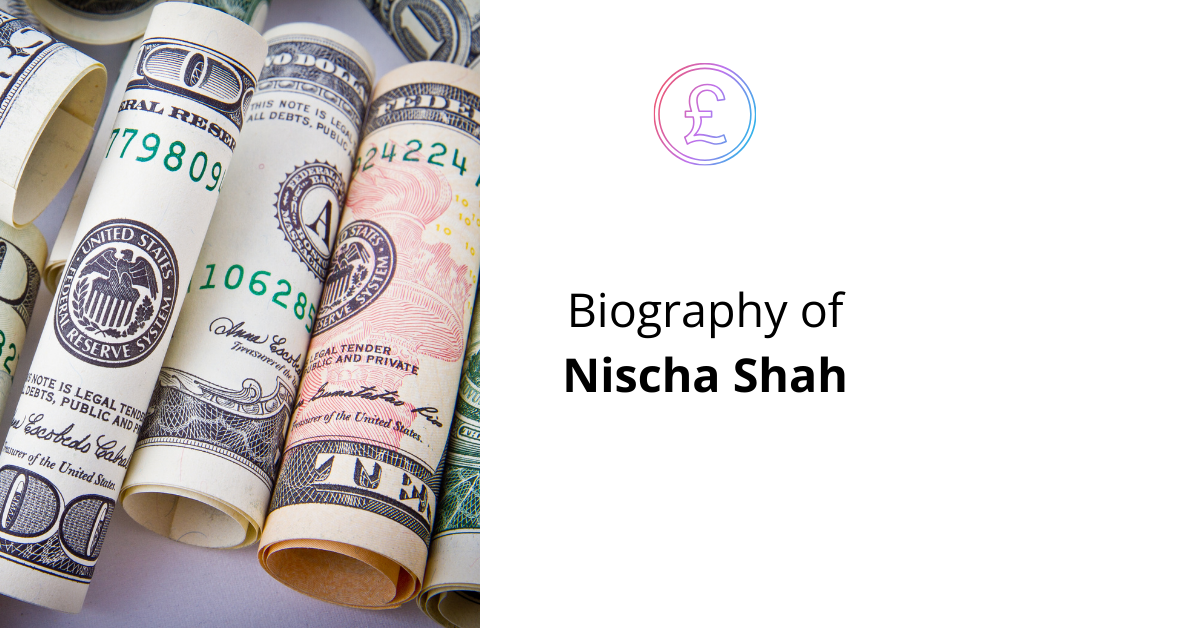Amul is an Indian dairy cooperative society headquartered at Anand, Gujarat.
It is a part of Gujarat Co-operative Milk Marketing Federation Ltd. (GCMMF), India’s largest food products marketing organisation.
Amul was born as a result of a nationalist movement and is now a billion dollar company.
So read on to get inspired.
Revolution-
In 1946, Gujarat was in the middle of the nationalist movement.
During this period, Tribhuvandas Kishibhai Patel was influenced by Mahatma Gandhi and started a revolution to help poor dairy farmers and landless labourers.
He gathered many farmers and met Vallabhbhai Patel.
Vallabhbhai Patel suggested they form a cooperative of their own.
During that time, Polson was exploiting the Indian dairy farmers.
The hard- work of the farmers was not well compensated and the middle-men wiped out the money which rightfully belonged to farmers.
So, Tribhuvandas Kishibhai Patel with the suggestion of Vallabhbhai Patel determined to end the monopoly of Polson Dairy by forming a cooperative with fellow farmers as its members.
He dreamt of economic liberation of farmers from the shackles of middle men of Polson.
Soon, the protest by farmers gained momentum and turned into a mass movement.
The farmers were ready to fight with the British Empire.
This movement was supported by Morarji Desai, a freedom fighter who later went on to become the Prime Minister of India.
He declared that for every village a cooperative society will be formed along with a district union in Anand.
Equality for one and all-
Any farmer was free to join Kaira District Co-operative Milk Producers’ Union (Amul) irrespective of his or her caste, religion or financial status.
Tribhuvandas Kishibhai Patel demanded the Bombay government to procure milk from this cooperative.
The whole Gujarat was in a rebellious mood and was not contributing milk to the Polson Dairy, by which the Polson Dairy was on the verge of breaking down.
The British Raj initially tried to dread the protestors but after around two weeks, they came for negotiation with farmers.
Initially, the British Raj ordered the farmers to quit their movement but the farmers didn’t give up.
Later, reluctantly the British allowed the farmers to set-up their own cooperative, thinking that the cooperative would not last for even a couple of days because most of the farmers were illiterate.
Then, Verghese Kurien stepped into the scene as manager, trusting the farmers and guided them to form a very successful cooperative.
This small cooperative grew to become a very big Indian brand which is very well received both in India and abroad.
Amul helped India to become the world’s largest producer of milk.
Role of technology-
Technology plays a pivotal role in the success of Amul.
Amul uses Automatic Milk Collection systems, to collect milk from farmers at a swift pace, simultaneously capture details about the farmers and milk, like the lipid content of milk, etc.
On a daily basis, Amul collects around 3.3 million liters of milk from nearly 2.12 million farmers in villages all across India.
The farmers get paid instantaneously within a matter of a few seconds.
The milk is examined, grated and transported to many diaries located across the country.
The milk delivery trucks deliver milk during early morning to every nook and corner of the country.
These activities occur daily at clock-work precision.
The main pillars in the success of Amul are the conjunction of expertise of farmers, the professionalism of cooperative’s management and technology.
The Success model-
The success story of Amul’s cooperative model was well recognised and this model was implemented all over the country, resulting in The White Revolution (Operation Flood).
This made India the largest milk producing nation in the world and brought financial freedom to farmers.
Another reason for the huge success of Amul is their diversification into numerous dairy based products, like ice-creams, chocolates, etc.
All the Amul’s products adhere to the strict hygiene and quality standards.
Amul products are not only the best-in class but also very affordable.
How was Amul named?
After the success of Amul, Verghese Kurien wanted to brand the milk cooperative in a proper way, so that it can gain popularity and enter new regions.
He was brainstorming but nothing helped him.
His chemist recommended the name Amul (the abbreviation of Anand Milk Union Limited).
In Hindi, the word Amul means something very precious.
Interesting facts about Amul-
Amul operates India’s most modern and sophisticated dairy plant at Gandhinagar, Gujrat.
The social and political observations of Amul Girl in the form of attractive cartoons are very popular in India.
Now, Amul products are sold in over 40 countries, some of which include the United States, Singapore, United Arab Emirates, Japan, China, etc.
The farmer friendly Cooperative-
Amul gives back 80 percent of its earnings to the farmers, who form the backbone of Amul.
Amul also cares for the cattle in a grateful way.
Unlike any corporate companies, Amul is owned by villagers who contribute tirelessly to their cooperative company.
Thanks to the artificial insemination technique, the milk produced is of the highest quality because artificial insemination has resulted in the formation of a high breed of cattle.
Changing the face of a country-
Before the advent of Amul, India was a severe milk deficient country.
And to meet the demands of a huge population milk was often imported from other countries like New Zealand.
But Amul changed the whole scenario.
Now, India also exports milk to many countries.
Amul’s current position in India-
Amul is the winner in each and every category on Indian dairy business; let it be in revenue generation, turnover, in various product categories like ice-cream, butter and any other category, Amul beats the competition by a huge margin.
Empowering women-
As mentioned before Amul has undoubtedly improved the quality of farmer lives in rural areas in general and lives of women farmers in particular.
Kanuben Patel of Gujarat was awarded the Pride of Gujarat by the Chief Minister of Gujarat for proving that dairy farming is a very viable business.
She made around 84 lakhs rupees by dairy farming.
Feedback from readers is highly appreciated; it helps me to deliver better results to you.
Infographic-

Frequently Asked Questions (FAQs)
What is the history of Amul?
Amul was founded on 14 December 1946 in Anand, Gujarat, India.
Amul was founded as a result of revolution to help poor dairy farmers and landless labourers.
Eventually, this small cooperative grew to become a very big Indian brand.
Amul also played a major role in making India the world’s largest producer of milk.
Where was Amul founded?
Amul was founded in Anand, Gujarat, India.
Anand is a municipality in Gujarat and now Anand is known as Milk Capital of India.
Who are the founders of Amul?
Tribhuvandas Kishibhai Patel, a political leader and Verghese Kurien, an engineer are the co-founders of Amul.
How did Amul become successful?
The reasons for the success of Amul are adhering to strict hygiene and quality standards, diversification into numerous dairy based products and effective use of marketing.
Amul became so successful that its model was implemented all over India resulting in The White Revolution (Operation Flood).
How did Amul eliminate the middleman?
Amul has been very successful in eliminating the middlemen.
In fact, Amul was started to end the dominance of middlemen.
Amul eliminated the middlemen in two steps-
• It allowed any dairy farmer to join the co-operative irrespective of his or her caste, religion or financial status.
• Then, Tribhuvandas Kishibhai Patel made the Bombay government to procure milk directly from this cooperative.
So, when the farmers started to sell their milk directly to the government through their own co-operative, the role of middlemen ended.
What is the tagline of Amul?
‘The Taste of India’ is the tagline of Amul.
The meaning of this tagline is that Amul provides quality and tasty food products to India.
Who is the owner of Amul?
In fact, there is no single owner of Amul.
Amul is a cooperative society and is jointly owned by 3.6 million milk producers in Gujarat.
How Amul got its name?
The name Amul was suggested to Verghese Kurien by a chemist.
Amul is the abbreviation of Anand Milk Union Limited.
Who created Amul girl?
The Amul girl mascot was created in 1966 by Eustace Fernandes, the art director of DaCunha Communications.
The Amul girl was created with the suggestions of Dr Verghese Kurien.
He suggested a mischievous little girl as a mascot.
How many Amul plants are there in India?
Amul has a total of 31 plants in India.
Gujarat has 13 Amul plants, 4 plants are located in Delhi/NCR region, 2 plants are in UP, 4 plants are located in Maharashtra, Rajasthan has 3 plants and Madhya Pradesh, Assam, Chattisgarh, Jammu and Kashmir and Jharkhand each of these states have one Amul plant.



4 Comments
mehak · November 27, 2022 at
very helpful!
Naveen Reddy · November 27, 2022 at
Thank you Mehak!
The Nude Label · January 21, 2021 at
Are you sure about the no. Of plants? I think it is 81 and not 31.
Naveen Reddy · January 21, 2021 at
As of now, according to the Amul’s official website, Amul has a total of 31 plants in India.